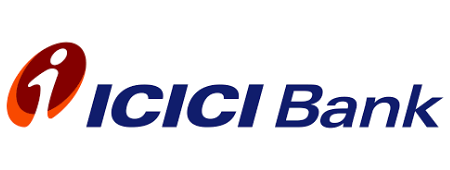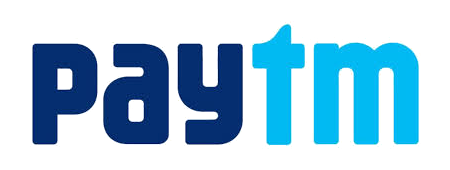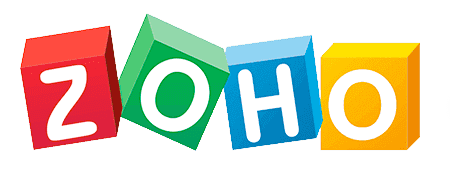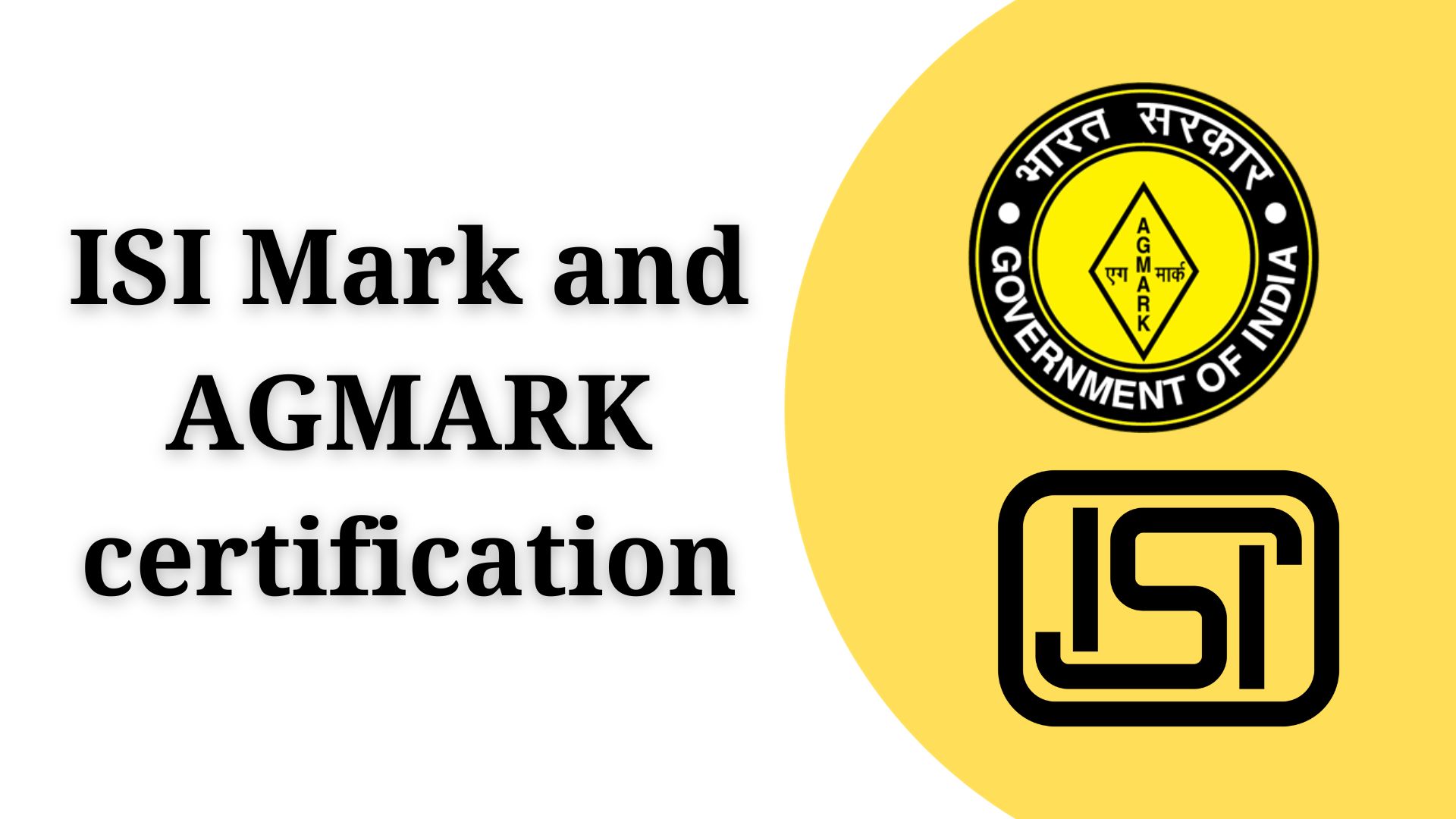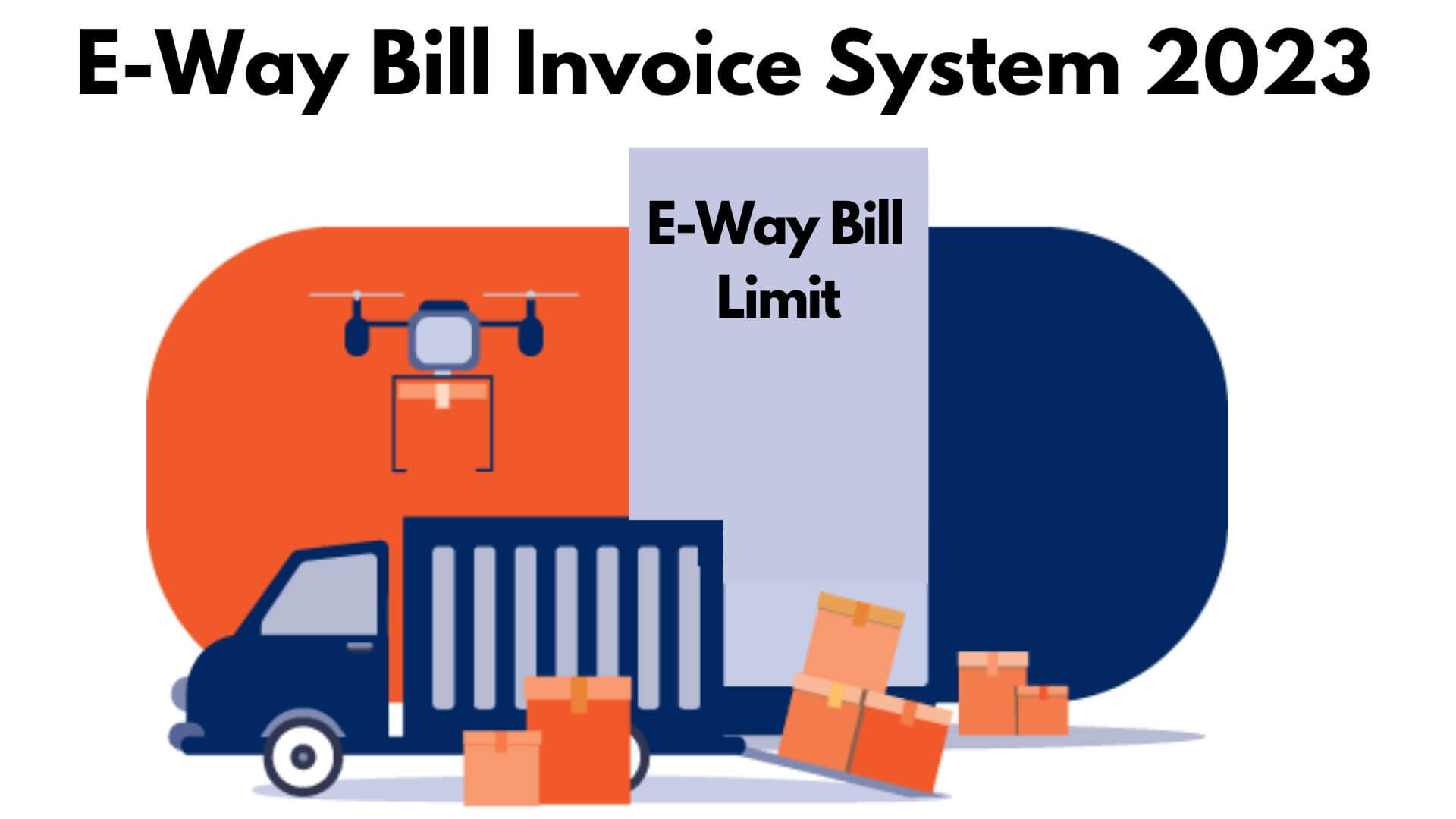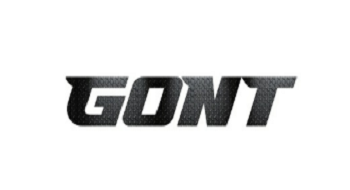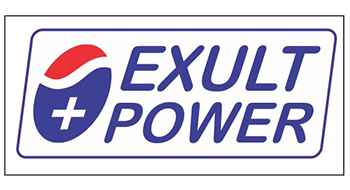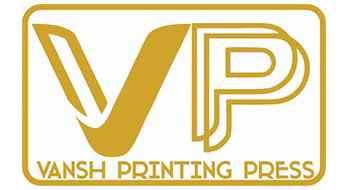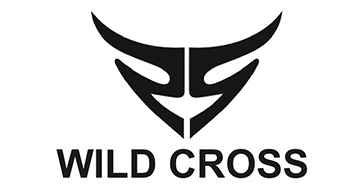Trademark Registration in India
Secure your brand identity with hassle-free online Trademark Registration in India Just ₹999/- + Gov Fee and Protect your business name, logo, or slogan with expert assistance.
- Lowest Price Guarantee
- Quick and Easy Process
- Filing of Application for TM Registration
Google Customer Rating

Our Application Process Trademark Registration in India
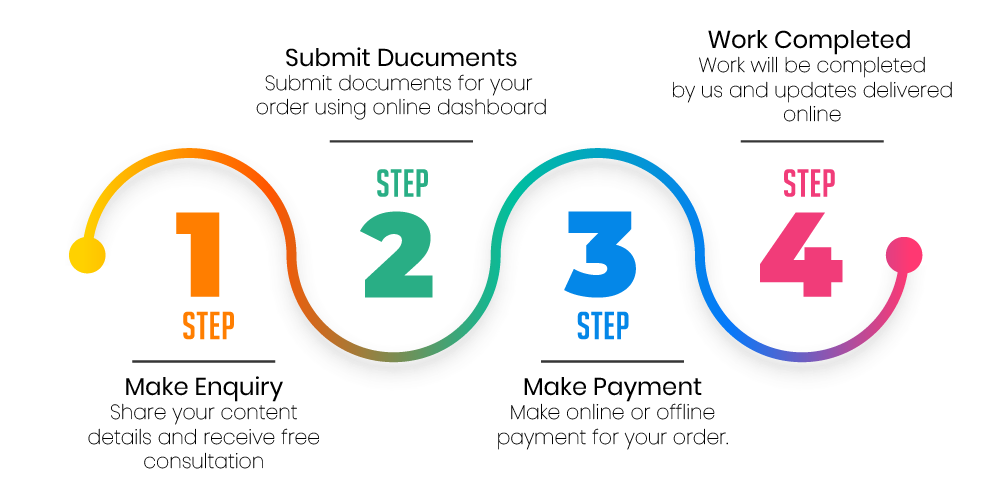
Overview of Online Trademark Registration in India
Trademark registration Online is a vital legal process that provides businesses with exclusive rights to protect their brand names, logos, slogans, and other distinctive marks. Registering a trademark helps in establishing a unique identity for products or services, prevents unauthorized use by competitors, and allows the trademark owner to take legal action against infringement. With the advent of technology, the process of TM Registration Online has become more streamlined and accessible through online platforms.
The TM registration online process in India can be completed online through the Trademark Registration Online portal, which is operated by the Controller General of Patents, Designs, and Trademarks (CGPDTM) under the Ministry of Commerce and Industry's Department for Promotion of Industry and Internal Trade (DPIIT).
What is the Importance of Trademark Registration in India?
Trademark Registration in India holds significant importance for businesses and individuals alike. Here are some key reasons why trademark registration is essential in India:
- Legal Protection: Registering a trademark registration online in India provides legal protection to the owner by granting them exclusive rights to use the mark for the goods or services it represents. It helps prevent others from using a similar or identical mark, reducing the risk of infringement.
- Brand Identity: Trademarks play a crucial role in establishing and maintaining a brand's identity. It allows consumers to recognize and distinguish products or services associated with a particular business, leading to brand loyalty and goodwill.
- Business Reputation: A registered trademark enhances the reputation and credibility of a business. It signifies that the mark has met the required standards and has been officially recognized by the government.
- National Protection: Trademark Registration in India provides protection within the country's borders. It prevents others from using the registered mark for similar goods or services, strengthening the position of the trademark owner in the Indian market.
- Exclusive Use: Once a trademark registration online has been registered, the owner gains the exclusive right to use the mark for the goods or services it represents. This exclusive use helps in maintaining a competitive advantage and prevents others from riding on the brand's success.
- Legal Remedies: Online Trademark Registration provides a legal basis for taking action against infringers. In case of any unauthorized use or infringement, the trademark owner can seek legal remedies, such as injunctions, damages, and even criminal penalties in some cases.
- Licensing and Franchising: A registered trademark can be licensed or franchised to other parties, allowing the trademark owner to expand their business and generate additional revenue streams.
- Asset Value: A registered trademark is considered an intangible asset of the business and can add value to the company. In case of mergers, acquisitions, or sales, the registered trademark can have a positive impact on the company's overall valuation.
- International Protection: In some cases, an Indian company might seek to expand its business globally. Having a registered trademark in India can serve as a basis for seeking protection in other countries through international treaties and agreements.
- Avoiding Disputes: Trademark registration online reduces the chances of disputes with other businesses using similar marks. It helps avoid potential legal conflicts and costly litigation.
Online Trademark Registration Eligibility Criteria In India
The eligibility criteria for Online Trademark Registration in India are as follows:
- Applicant Eligibility: The applicant can be an individual, a company, a partnership firm, a society, a trust, or any other legal entity. The applicant must have a valid address in India or abroad. The applicant must also have an interest in the trademark, either as the owner or as a licensee.
- Trademark Eligibility: The trademark must be distinctive, meaning that it can distinguish the goods and services of the applicant from those of others. The trademark must not be descriptive, generic, deceptive, scandalous, or contrary to any law or morality. The trademark must also not conflict with any existing registered or pending trademarks.
- Goods and Services Classification: The goods and services for which the trademark is sought must be classified according to the Nice Classification system, which divides them into 45 classes. The applicant must specify the class or classes that correspond to their goods and services and provide a clear and concise description of each.
- Use in Commerce: The applicant must state whether they have used or intend to use the trademark in commerce in India or abroad. If the trademark has been used, the applicant must provide the date of first use and evidence of such use, such as invoices, labels, brochures, etc. If the trademark has not been used, the applicant must declare their bona fide intention to use it in the future.
- Power of Attorney: The applicant must appoint an agent or attorney to act on their behalf for the trademark registration Online process. The agent or attorney must be registered with the Trademark Registry and have a valid address in India. The applicant must sign a power of attorney form and submit it along with the application.
- Documents and Information: The applicant must provide various documents and information for the Online Trademark Registration process. These include:
- A trademark application form (TM-A) with the prescribed
- A clear representation of the trademark in JPEG format
- A statement of claim of distinctiveness or prior use (if applicable)
- A translation or transliteration of the trademark (if not in English or Hindi)
- A priority claim document (if claiming priority from an earlier application in another country)
- A user affidavit (if claiming prior use)
- Any other document or information as required by the Trademark Registry
Documents Needed For Trademark Registration Online In India
If you want to register a trademark in India, you need to submit some documents along with your application. These documents are essential to prove your ownership and use of the trademark, as well as to avoid any objections or oppositions from other parties. Here are the documents you need Trademark Registration in India:
- Trademark Application Form: You must fill out the prescribed application form, known as Form TM-A, which can be obtained from the Indian Trademark Office website or physically from the office.
- Applicant's Details: Provide the name, address, and nationality of the applicant. If the applicant is a company or partnership firm, include its legal entity details.
- Trademark Representation: You need to submit a clear representation of the trademark you want to register. It could be a wordmark, logo, device mark, or a combination of these elements.
- Trademark Class: Mention the class or classes under which you want to register your trademark. The classification is based on the nature of goods/services associated with the mark. India follows the Nice Classification system.
- Power of Attorney: If you are using a trademark agent or attorney to file the application on your behalf, a signed Power of Attorney authorizing them to act on your behalf is required.
- Proof of Claim: If you are claiming prior use of the trademark in India, provide supporting documents to prove its prior use. This could include invoices, bills, advertisements, etc.
- Priority Document: If you are claiming priority based on an earlier application filed in a convention country, you need to submit the priority document.
- Government Fees: Pay the prescribed government fees for trademark application processing. The fees may vary depending on the type of applicant (individual, small entity, or others) and the number of classes.
- User Affidavit: In some cases, you may be required to submit a user affidavit stating that you have been using the trademark in India.

Process For Trademark Registration Online
If you want to register a trademark online, you need to follow these steps:

- Trademark Search: Before you apply, you should conduct a trademark search to make sure that your desired mark is not already registered or pending registration by someone else. You can use the online database of the Intellectual Property Office of your country or region to do this.
- Determine the Trademark Class: You also need to identify the class or classes of goods and services that your trademark will cover. There are 45 classes in total, and each one has a specific description. You can use the online tool of the World Intellectual Property Organization (WIPO) to find the appropriate class for your trademark.
- Create an Account: To apply online, you need to create an account on the website of the Intellectual Property Office of your country or region. You must enter basic information such as your name, address, email address, and phone number.
- Complete the Application Form: Once you have an account, you can access the online application form and fill in the required fields. You will need to provide information such as the trademark name, the trademark class, the owner details, and the declaration of use or intent to use. You will also need to upload a clear image of your trademark if it is not a standard word mark.
- Submit the Application: After you complete the form, you can review it and submit it online. You will also need to pay the application fee, which may vary depending on the number of classes and the type of trademark. You can pay by credit card, debit card, or electronic funds transfer.
- Examination and Publication: After you submit your application, it will be examined by a trademark examiner who will check if it meets the legal requirements and if it conflicts with any existing trademarks. If there are no objections, your trademark will be published in the official gazette for public notice.
- Opposition Period: After your trademark is published, there is a period (usually 30 days or 60 days) during which anyone can file an opposition against your trademark registration Online. If someone files an opposition, you will be notified and you will have a chance to respond and defend your trademark.
- Trademark Registration Certificate: If there are no oppositions or if you overcome them successfully, your trademark will be registered, and you will receive a TM registration Online certificate. This certificate is proof of your exclusive right to use your trademark for the goods and services that you registered it for.
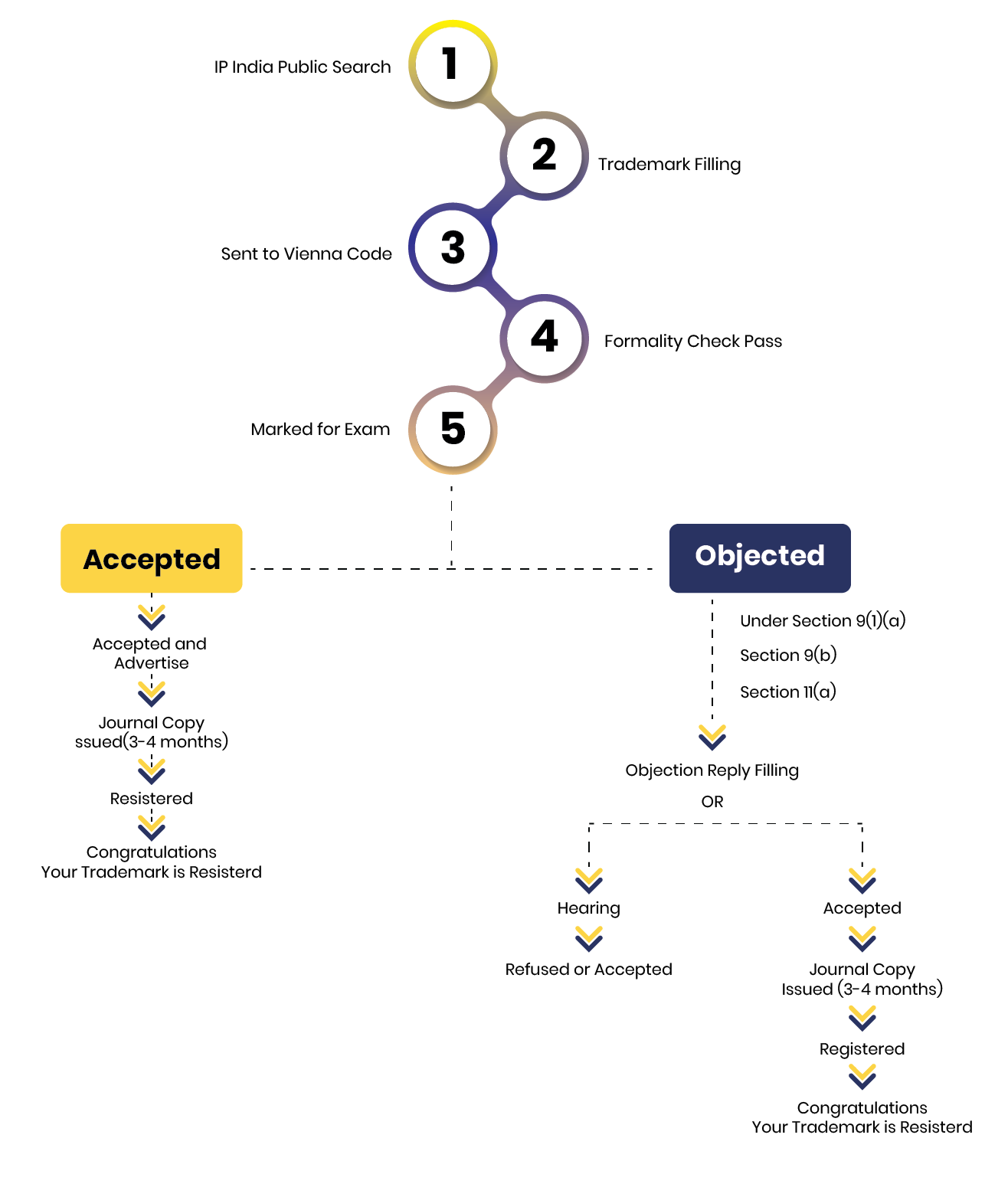
Trademark Objections
Trademark objections are raised by the trademark examiner during the examination stage of the registration process. The examiner may object to the trademark application on various grounds, such as lack of distinctiveness, similarity to existing trademarks, descriptiveness, genericness, or violation of public order or morality. The examiner will issue an examination report detailing the grounds of objection and giving the applicant a chance to respond. The applicant may submit arguments and evidence to overcome the objection or amend the application accordingly. If the examiner is satisfied with the response, the application will proceed to publication. If not, the application will be refused.
Trademark Opposition
Trademark oppositions are filed by third parties after the publication of the trademark application in the official gazette. Any person who believes that they would be adversely affected by the registration of the trademark may file an opposition within a specified period, usually three or four months. The grounds of opposition may vary depending on the jurisdiction, but they typically include prior rights, bad faith, likelihood of confusion, or non-use. The opposition procedure involves a notice of opposition, a counterstatement by the applicant, evidence and arguments by both parties, and a decision by the trademark office or a tribunal. The outcome of the opposition may be the acceptance, rejection, or partial acceptance of the trademark application.
How Someone Can Check Trademark Application In India?
If someone wants to check the status of their trademark application in India, they can follow these steps:
- Visit the official website of the Controller General of Patents, Designs and Trademarks (CGPDTM) at https://ipindiaonline.gov.in / trademarkefiling/user/frmlogin.aspx
- Enter the user ID and password if already registered or create a new account by clicking on "New User Registration".
- After login in, select "View Your Applications/Registrations" from the "My Portfolio" area.
- Select the application number or the trademark number from the list and click on "View".
- The details of the application will be displayed, including the current status, examination report, opposition, hearing, registration certificate, renewal, etc.
- The status of the application can also be checked by using the "Trademark Application/Registered Mark Status" option under the "Public Search" section on the homepage. This option does not require login and can be used by anyone who knows the application number or the trademark number.
Benefits Related To Trademark Registration Online
Trademark is a process that allows businesses to protect their brand identity and reputation from unauthorized use by others. Online Trademark Registration has several benefits, such as:
- Legal protection: A registered trademark gives the owner exclusive rights to use the mark for the goods or services covered by the registration. This means that the owner can sue anyone who infringes on their trademark rights and seek remedies such as injunctions, damages, and profits.
- Recognition: A registered trademark helps the owner to establish and maintain a distinctive brand image in the market. A trademark registration online can also increase customer loyalty and trust, as well as attract potential customers and investors.
- Business expansion: A registered trademark can facilitate the expansion of the business to new markets and territories. A registered trademark can also enable the owner to license or franchise their mark to other parties, creating new revenue streams and opportunities.
- Prevention of confusion: A registered trademark can prevent confusion among consumers and competitors about the origin, quality, and features of the goods or services offered by the owner. A registered trademark can also help the owner to avoid legal disputes and challenges from other parties who may claim similar or identical marks.
FAQ's

Fill Up Application Form

Make Online Payment

Executive will Process Application

Get Confirmation on Mail
What Our Clients Say
associated with
